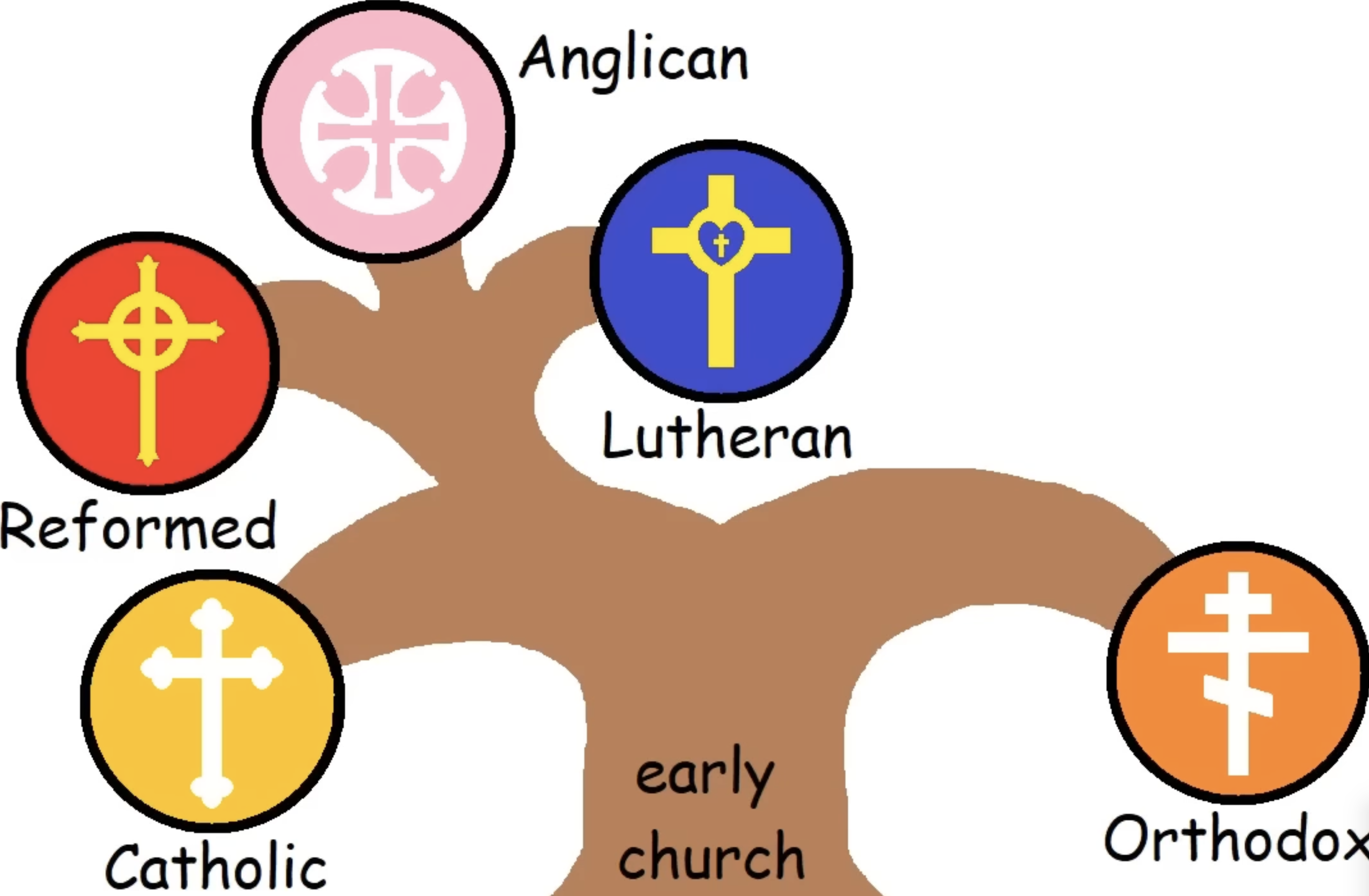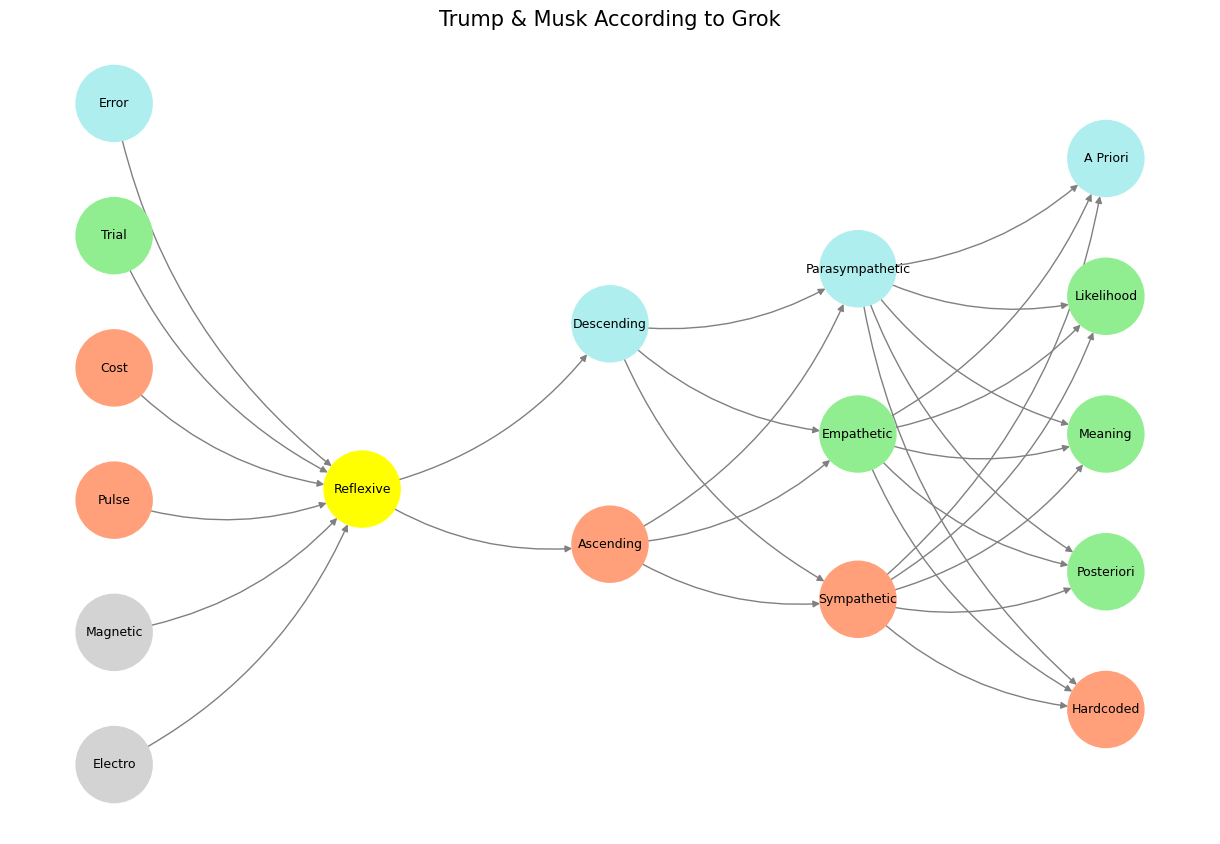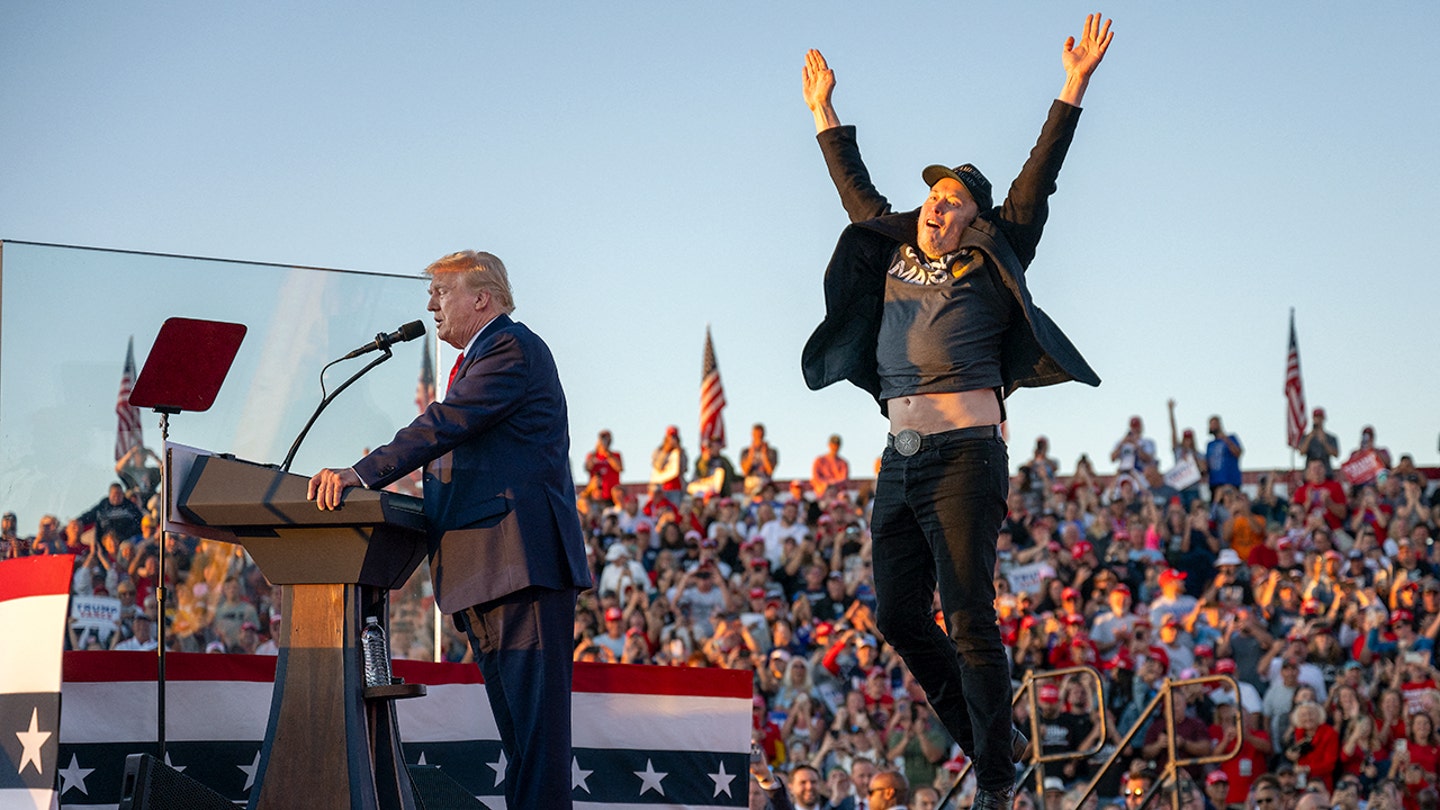Resilience 🗡️❤️💰#
In the vast, indifferent cosmos where information, resources, and nutrients are dispensed like the spin of a roulette wheel, the roll of dice, or the toss of a coin, human behavior can be dissected into layers of engagement with these elements. At the heart of this analysis are two prominent figures, Elon Musk and Donald Trump, both graduates of the Wharton School of Business, yet their interactions with the world around them reveal a shared strategy, one that leverages the primal layers of human response.

Fig. 7 Neural Anatomy of Music: What Exactly Is It About? Might it be about fixed odds, pattern recognition, leveraged agency, curtailed agency, or spoils for further play? Grants certainly are part of the spoils for further play. And perhaps bits of the other stuff.#
The First Level: The Cosmic Game of Chance#
At the base level, we encounter the ecosystem where the cosmos dictates the play, much like a game of chance. Here, life forms from the simplest unicellular organisms to the complexity of human beings react to the invariable outcomes of nature. This level is akin to a coin toss, a dice roll, or a roulette spin—purely indifferent to human will, where the environment simply furnishes forth what it will, without bias or intention.
The Second Level: The Reflexive Poker Game#
Elon Musk and Donald Trump, in their distinct ways, engage primarily with this second layer, the realm of reflex. This level is like a high-stakes poker game where every piece of information provokes an immediate, often visceral response. Here, the ancient, adrenaline-fueled reflexes are at play, where the stakes feel life-or-death, demanding quick, decisive action. Both individuals have mastered the art of invoking this urgency in others, creating scenarios where opponents feel the need to respond as if facing an immediate threat, much like a predator in the wild. This layer is about exploiting the sympathetic nervous system, pushing people into making decisions under perceived pressure, where the game is all about bluffing and reading immediate reactions.
The Third Level: The Razor’s Edge of A Priori Knowledge#
Moving up, we enter the realm of the modifiable, the a priori, where knowledge and experience begin to shape responses. This level can be likened to horse racing or Formula One, where the jockey or the driver uses not just reaction but strategy informed by prior knowledge. Here, the basal ganglia, thalamus, hypothalamus, brainstem, and cerebellum play their roles, allowing for more nuanced responses. The game here involves understanding the competitive landscape, knowing when to hold back or accelerate, leveraging past experiences and institutional knowledge to navigate this complex terrain.
The Fourth Level: The Strategic Game of Chess and War#
The fourth level delves into the labyrinth of human emotion and decision-making, akin to playing chess or commanding in war. Here, the combinatorial space of human emotions, represented by 17 tokens, forms the battleground where strategies are not just about immediate survival but about long-term dominance or peace. In chess, every piece moves according to rules, yet the outcome is determined by foresight and tactical acumen. In war, however, the human element introduces variables; soldiers might not follow orders to the letter, adding layers of complexity to the strategy. Musk and Trump navigate this space by either imposing their will or adapting to the unpredictability of human behavior, aiming to control or predict the cadence of emotional responses.
The Fifth Level: The Posterioti of Relationships and Beliefs#
Finally, at the pinnacle, we reach the level of the posteriori, where the outcomes of all previous interactions manifest in personal, cultural, or spiritual experiences. This is the domain of romantic relationships, religious beliefs, and other profound human connections, where the game is less about strategy and more about the meaning derived from life’s journey. Here, the cadences of emotions lead to a narrative, a story, whether it’s tragedy, romance, or enlightenment.
In summary, Elon Musk and Donald Trump, through their public personas and actions, primarily engage with the reflexive, poker-like second level, where quick, often aggressive responses meet the immediate challenges of business and politics. However, their effectiveness also lies in their occasional forays into the higher levels, where they manipulate or navigate through a priori knowledge, strategic warfare, and the complex human emotional landscape to achieve their ends. Their approaches, while rooted in the urgency of reflex, also reveal an understanding or at least an intuitive grasp of how to play the longer, more intricate games of human interaction.
Show code cell source
import numpy as np
import matplotlib.pyplot as plt
import networkx as nx
# Define the neural network fractal
def define_layers():
return {
'World': ['Electro', 'Magnetic', 'Pulse', 'Cost', 'Trial', 'Error', ], # Veni; 95/5
'Mode': ['Reflexive'], # Vidi; 80/20
'Agent': ['Ascending', 'Descending'], # Vici; Veni; 51/49
'Space': ['Sympathetic', 'Empathetic', 'Parasympathetic'], # Vidi; 20/80
'Time': ['Hardcoded', 'Posteriori', 'Meaning', 'Likelihood', 'A Priori'] # Vici; 5/95
}
# Assign colors to nodes
def assign_colors():
color_map = {
'yellow': ['Reflexive'],
'paleturquoise': ['Error', 'Descending', 'Parasympathetic', 'A Priori'],
'lightgreen': ['Trial', 'Empathetic', 'Likelihood', 'Meaning', 'Posteriori'],
'lightsalmon': [
'Pulse', 'Cost', 'Ascending',
'Sympathetic', 'Hardcoded'
],
}
return {node: color for color, nodes in color_map.items() for node in nodes}
# Calculate positions for nodes
def calculate_positions(layer, x_offset):
y_positions = np.linspace(-len(layer) / 2, len(layer) / 2, len(layer))
return [(x_offset, y) for y in y_positions]
# Create and visualize the neural network graph
def visualize_nn():
layers = define_layers()
colors = assign_colors()
G = nx.DiGraph()
pos = {}
node_colors = []
# Add nodes and assign positions
for i, (layer_name, nodes) in enumerate(layers.items()):
positions = calculate_positions(nodes, x_offset=i * 2)
for node, position in zip(nodes, positions):
G.add_node(node, layer=layer_name)
pos[node] = position
node_colors.append(colors.get(node, 'lightgray'))
# Add edges (automated for consecutive layers)
layer_names = list(layers.keys())
for i in range(len(layer_names) - 1):
source_layer, target_layer = layer_names[i], layer_names[i + 1]
for source in layers[source_layer]:
for target in layers[target_layer]:
G.add_edge(source, target)
# Draw the graph
plt.figure(figsize=(12, 8))
nx.draw(
G, pos, with_labels=True, node_color=node_colors, edge_color='gray',
node_size=3000, font_size=9, connectionstyle="arc3,rad=0.2"
)
plt.title("Trump & Musk According to Grok", fontsize=15)
plt.show()
# Run the visualization
visualize_nn()


Fig. 8 Resources, Needs, Costs, Means, Ends. This is an updated version of the script with annotations tying the neural network layers, colors, and nodes to specific moments in Vita è Bella, enhancing the connection to the film’s narrative and themes:#

